(Source: The Economist)
 The scale and scope of the revolution in the use of small, civilian drones has caught many by surprise. In 2010 America’s Federal Aviation Authority (FAA) estimated that there would, by 2020, be perhaps 15,000 such drones in the country. More than that number are now sold there every month.
The scale and scope of the revolution in the use of small, civilian drones has caught many by surprise. In 2010 America’s Federal Aviation Authority (FAA) estimated that there would, by 2020, be perhaps 15,000 such drones in the country. More than that number are now sold there every month.
And it is not just an American craze. Some analysts think the number of drones made and sold around the world this year will exceed 1m. In their view, what is now happening to drones is similar to what happened to personal computers in the 1980s, when Apple launched the Macintosh and IBM the PS/2, and such machines went from being hobbyists’ toys to business essentials.
That is probably an exaggeration. It is hard to think of a business which could not benefit from a PC, whereas many may not benefit (at least directly) from drones. But the practical use of these small, remote-controlled aircraft is expanding rapidly. After dragging its feet for several years the FAA had, by August, approved more than 1,000 commercial drone operations.
These involved areas as diverse as agriculture (farmers use drones to monitor crop growth, insect infestations and areas in need of watering at a fraction of the cost of manned aerial surveys); land-surveying; film-making (some of the spectacular footage in “Avengers: Age of Ultron” was shot from a drone, which could fly lower and thus collect more dramatic pictures than a helicopter); security; and delivering things (Swiss Post has a trial drone-borne parcel service for packages weighing up to 1kg, and many others, including Amazon, UPS and Google, are looking at similar ideas).
Nor is commerce the only area in which drones are making a mark. A glance at the academic world suggests many more uses await discovery. Because drones are cheap, geographers who could never afford conventional aerial surveys are able to use them to track erosion, follow changes in rivers’ sources and inspect glaciers. Archaeologists and historians are taking advantage of software that permits drones fitted with ordinary digital cameras to produce accurate 3D models of landscapes or buildings.
This lets them map ancient ruins and earthworks. Drones can also go where manned aircraft cannot, including the craters of active volcanoes and the interiors of caves. A drone operated by the Woods Hole Oceanographic Institution, in Massachusetts, has even snatched breath
Continue Reading at Economist.com…
Alan is serial entrepreneur, active angel investor, and a drone enthusiast. He co-founded DRONELIFE.com to address the emerging commercial market for drones and drone technology. Prior to DRONELIFE.com, Alan co-founded Where.com, ThinkingScreen Media, and Nurse.com. Recently, Alan has co-founded Crowditz.com, a leader in Equity Crowdfunding Data, Analytics, and Insights. Alan can be reached at alan(at)dronelife.com

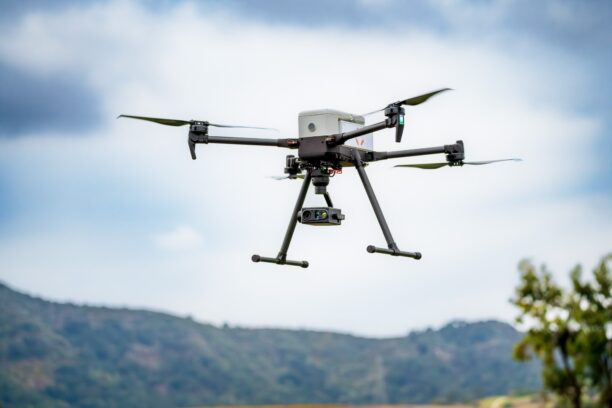
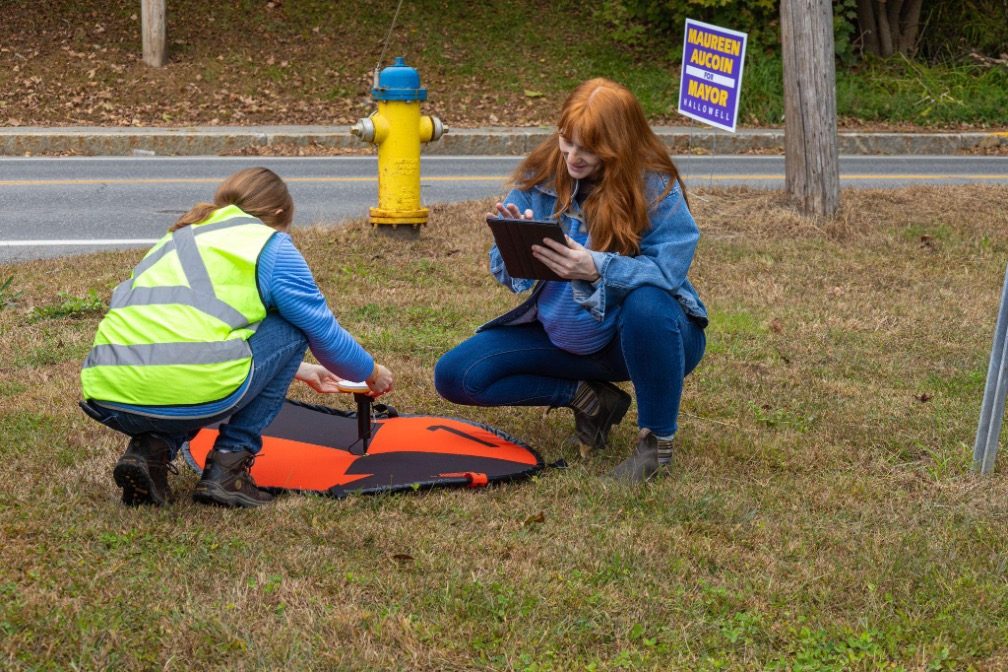
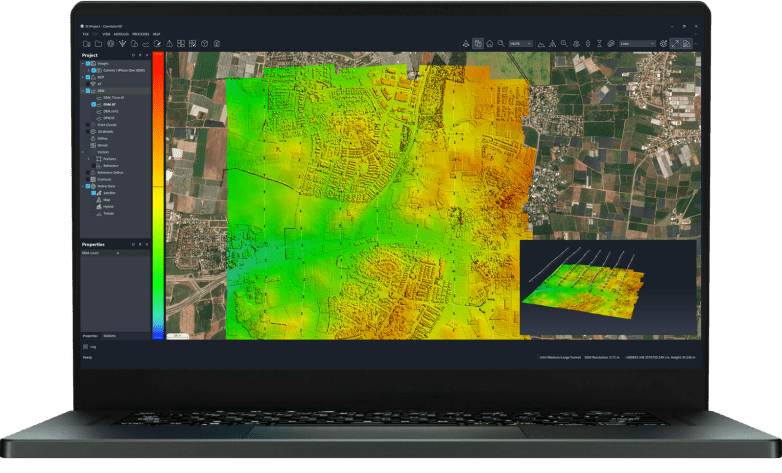
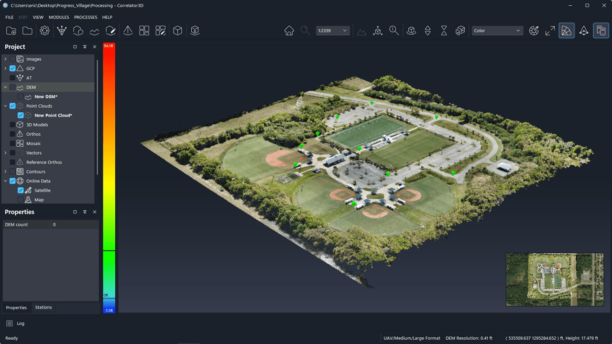
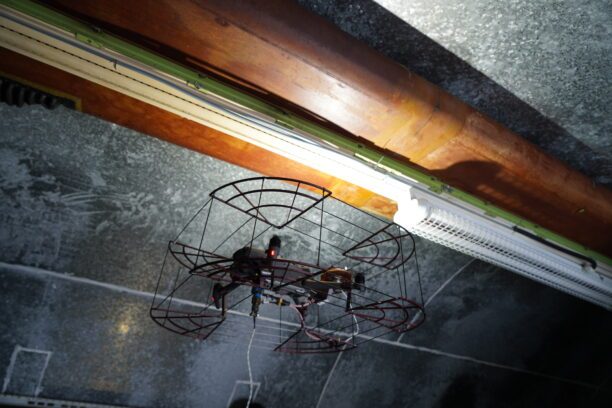
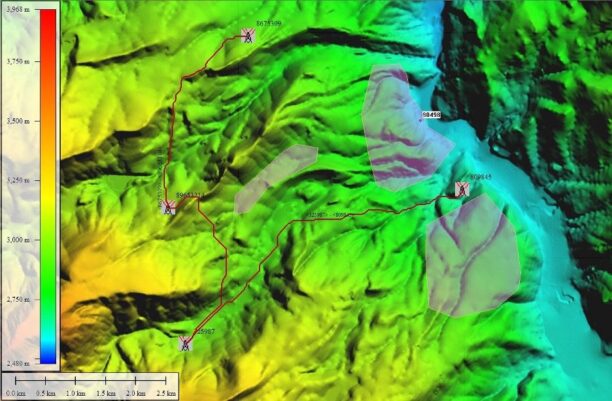
Leave a Reply